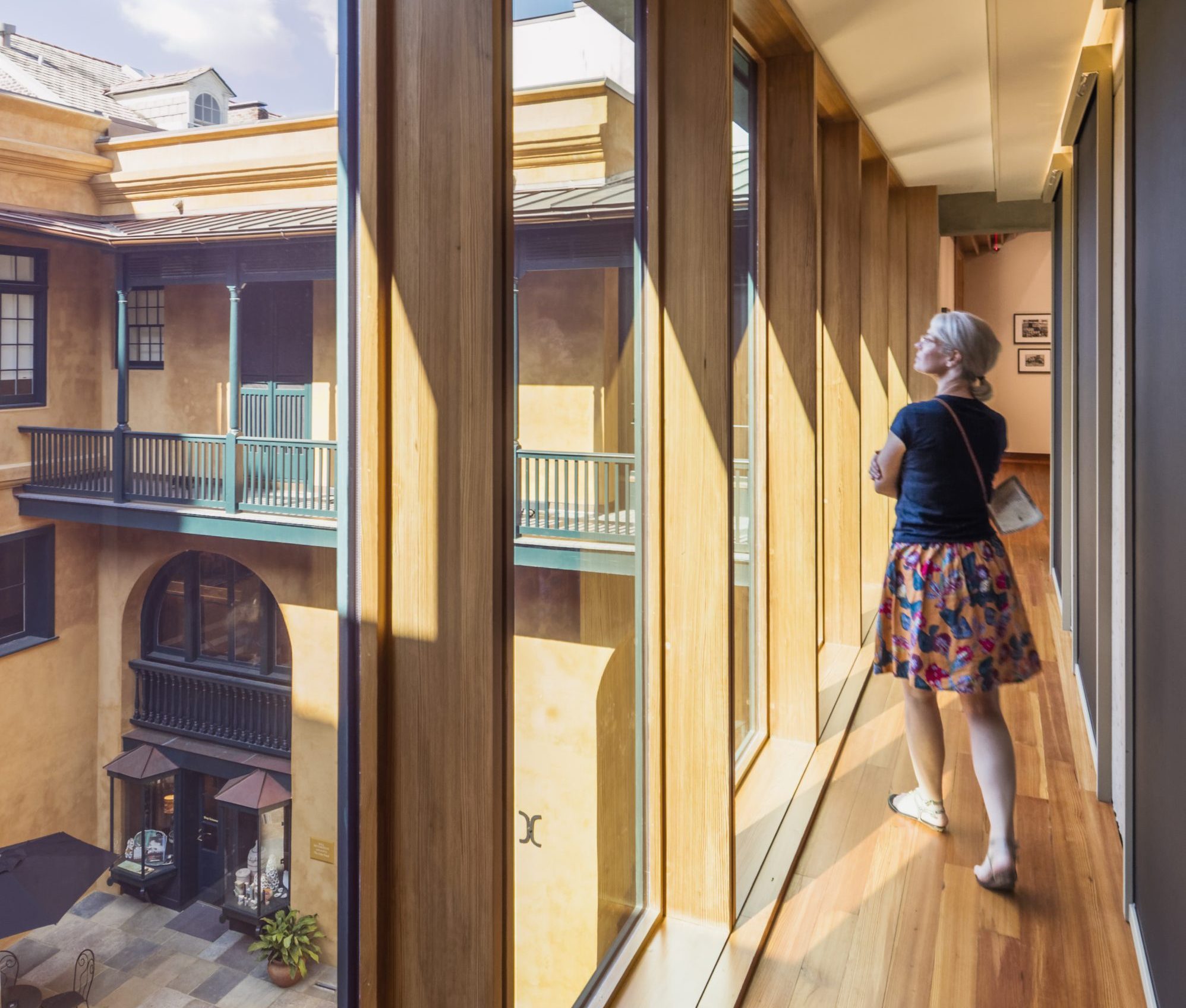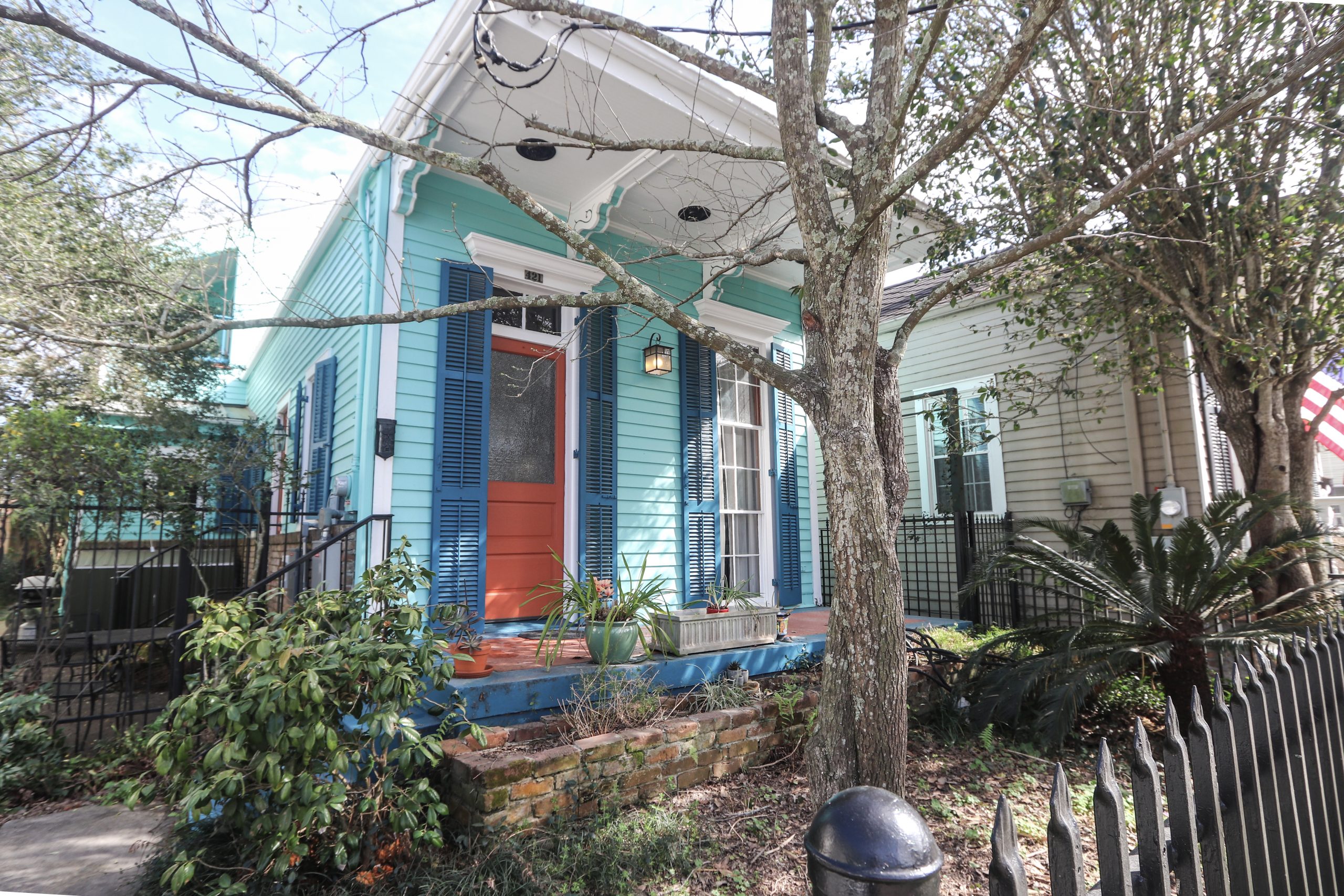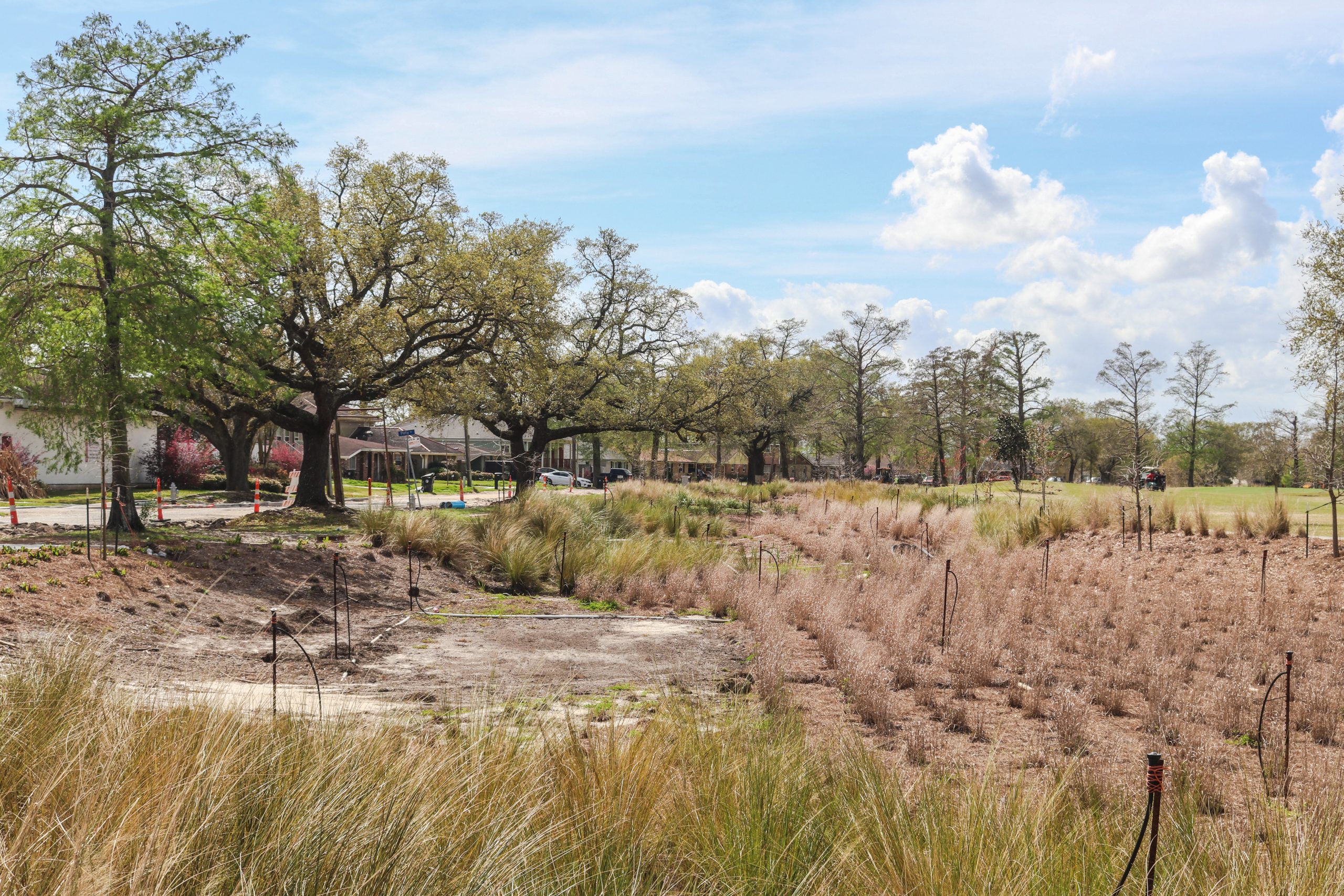This story appeared in the April issue of PRC’s Preservation in Print magazine. Interested in getting more preservation stories like this delivered to your door nine times a year? Become a member of the PRC for a subscription!
“How can I make my historic house more energy efficient?”
It’s a question we hear often at the PRC. It’s no secret that older homes can be drafty in cold temperatures, and on hot days, it can feel like we’re paying to cool the outdoors as our air-conditioned air leaks out of improperly fitted windows or uninsulated floorboards. Avoiding high utility bills, feeling comfortable in our own homes, and being good stewards of the earth are concerns for us all.
Unfortunately, there’s no one-size-fits-all solution. A building is like an ecosystem, and ripping out historic windows or doors to replace them with new “energy efficient” alternatives, or sealing up floors or walls in ways that don’t allow a building to breathe, can lead to much bigger problems down the road.
But there are smart, affordable solutions to these problems. We recently hosted a free virtual program featuring Dr. Myron Katz, a building science expert, to offer advice on how to make our homes more energy efficient, comfortable and less costly to heat and cool. (You can watch the entire lecture here.)
According to Katz, the proper installation of weatherstripping is the cheapest way to quickly and easily seal drafty openings without harming historic windows or floors. For those with a bit more money to spend, installation of efficient hot water heaters and “mini-split” air-conditioning systems can make a tremendous difference in monthly utility bills, since heating water and climate control are some of our biggest energy demands. Added bonus: because they’re energy efficient, most of the recommendations for new equipment that Katz made in his PRC lecture came with rebates, making them surprisingly affordable.
More complicated tactics may include specialized techniques to seal-in the underside of a home – but only in specific ways that don’t trap moisture and don’t block the ability to inspect for termites.
Advertisement
Dr. Katz has a Ph.D. in mathematics, however, and the question of energy efficiency to him is bigger than just individual issues with older homes. “This isn’t about the efficiency of just one house,” he told me recently. “This is about climate change.” And combating climate change is achievable, according to Katz, if we all synchronize.
The way to do so is by embracing a concept called “load flexibility.” This term refers to rethinking about when we “demand” energy. When we buy electricity determines when utility companies must buy or make it to provide to users. “Think about a pizza,” Katz explained. “They don’t have 50 pizzas waiting around; the pizzeria waits until you call to make it and put it in the oven.” This is called “dispatch.” Utility companies buy or make electricity as it is demanded from consumers. Unsurprisingly, we all tend to want it around the same time. When demand is high, the wholesale price shoots up for utilities.
But what if, as Katz proposes, we could utilize energy-efficient appliances together with timers and storage that could stagger when our electricity is actually demanded? What if you could buy a hot water heater that took energy from the grid to charge up its battery at 2 a.m. — and then could deliver hot water to you any time of day thanks to that battery? Your hot water heater would be on from 2 to 3 a.m., your neighbor’s from 3 to 4 a.m., and so on, so that our energy use, en masse, works in harmony, coordinated to avoid peak expensive times.
According to Dr. Katz’s calculations, this strategy can save several hundred dollars a year as a homeowner. And this would cause no cost or loss of profit for the utility.
That technology exists now, but your neighbors won’t likely know about it yet. How can we all get synchronized? If this challenge could be met, Katz argued, and all renewable energy sources could be complemented with in-home battery storage to harness and hold its energy generation, transitioning to all renewable energy sources by 2030 is possible. What’s more, the transition would not only pay for itself, it would save enormous sums of money.
“Everyone wants lower energy bills, and no one wants us to be dependent on foreign energy sources,” he said. “If you want to stop climate change, you must put the economic argument before the environmental argument to stop dependence on fossil fuels.
“Luckily,” Katz said, “they’re in harmony naturally.”
For New Orleans, the implications of embracing sustainable fuel sources and stopping climate-changing carbons from polluting our atmosphere are monumental. Becoming greener might not just save our own homes — it may save our city.
Danielle Del Sol is the Executive Director of the Preservation Resource Center.
Advertisements










